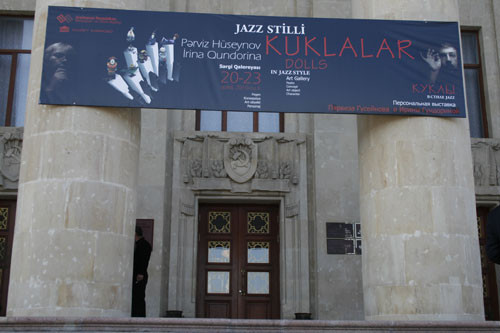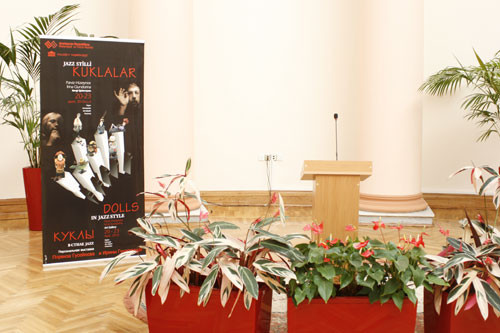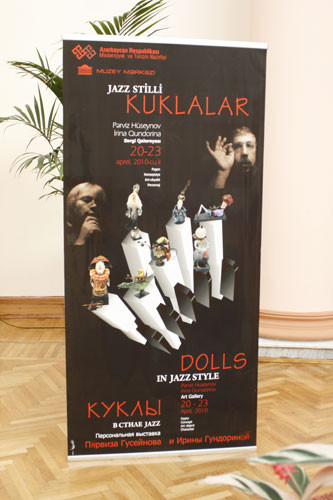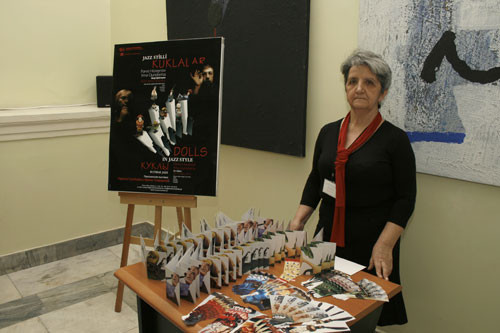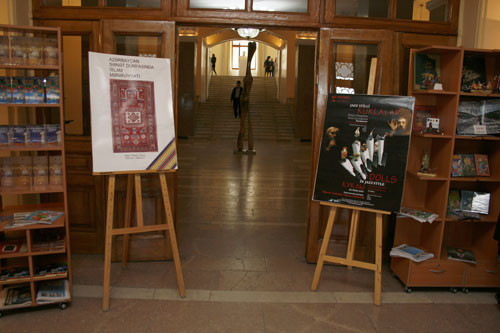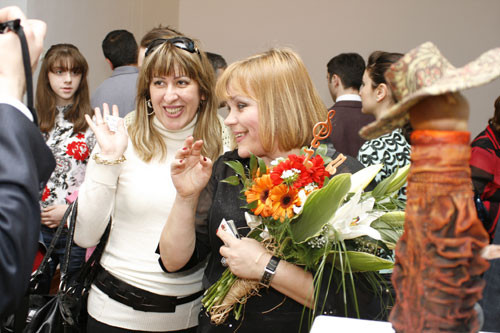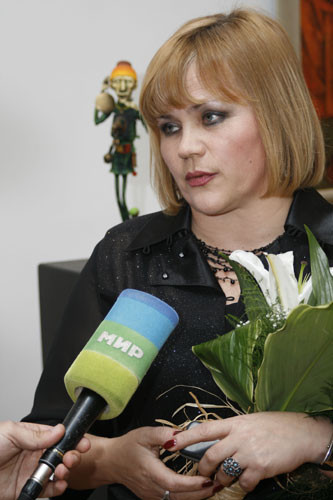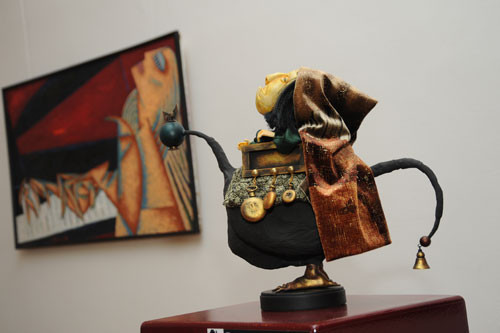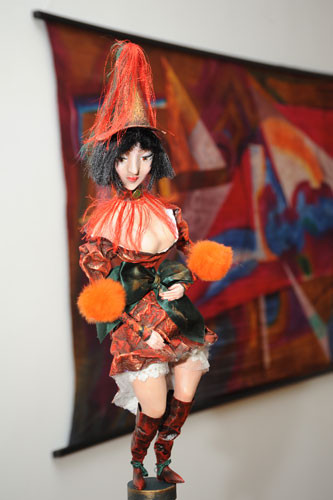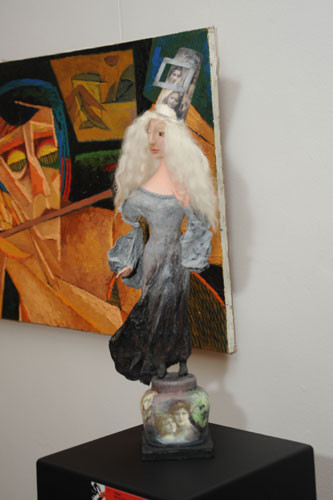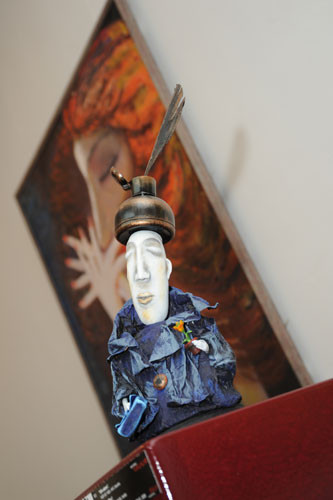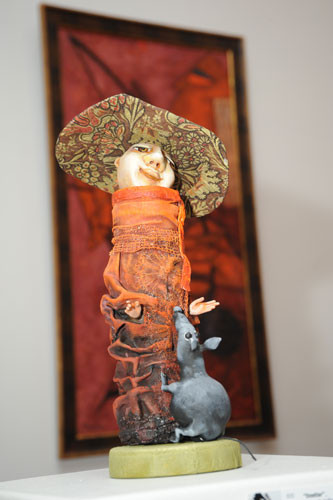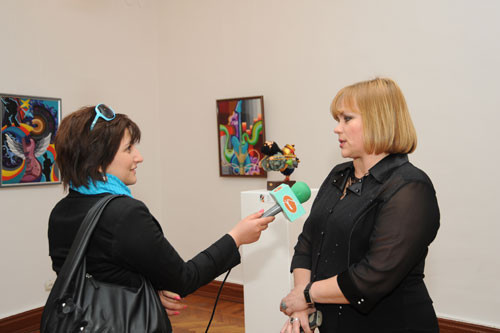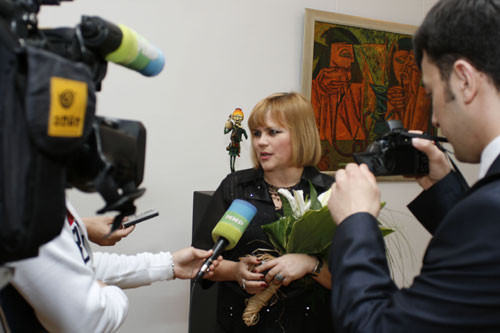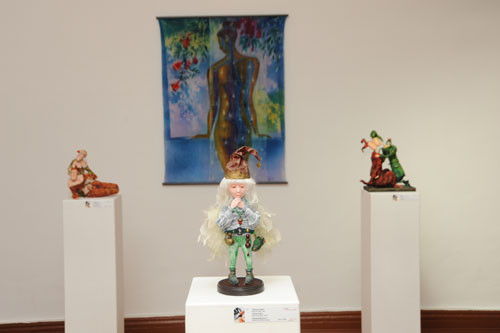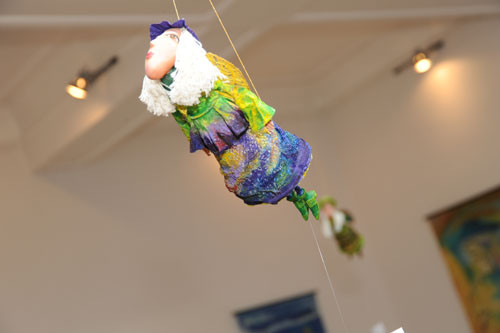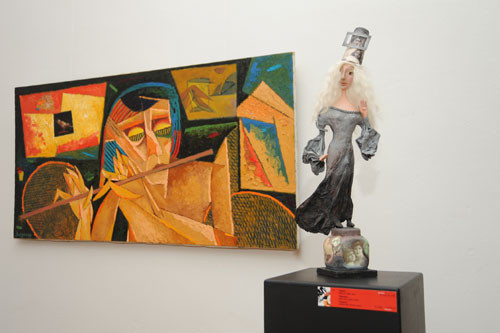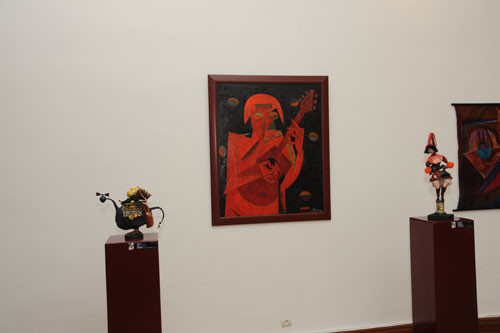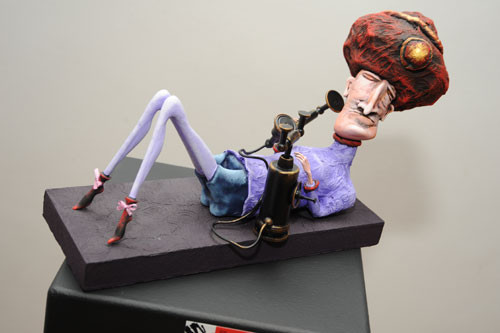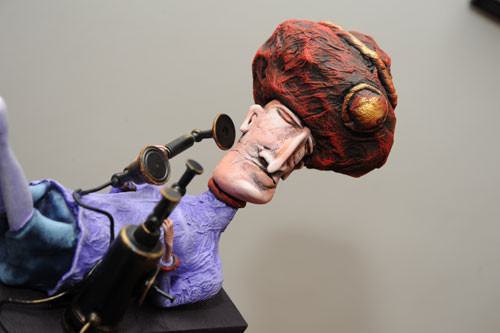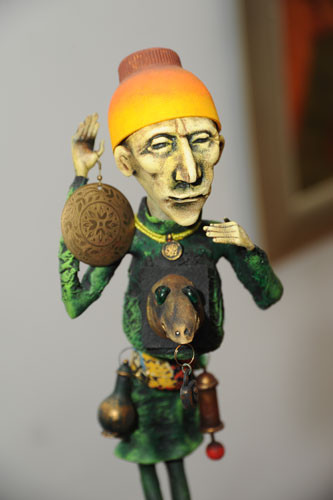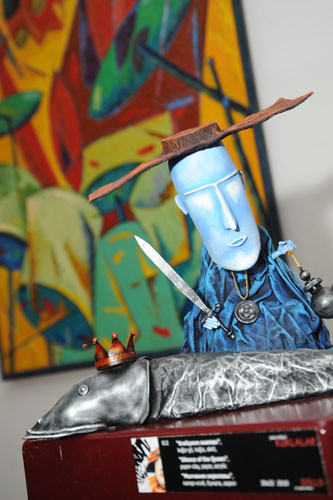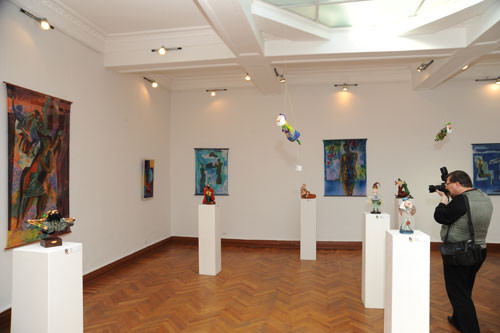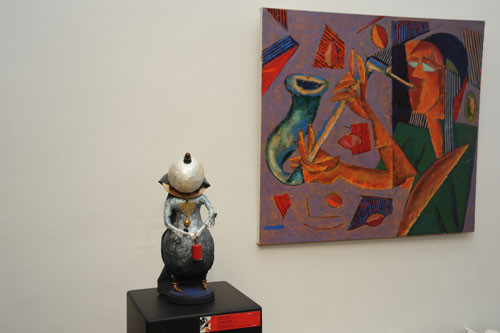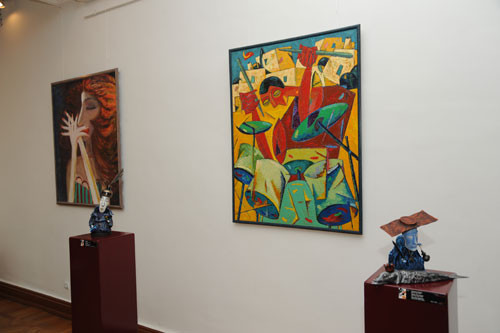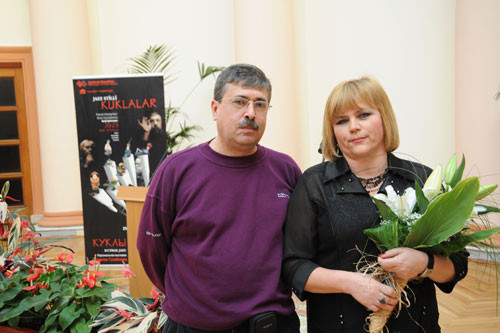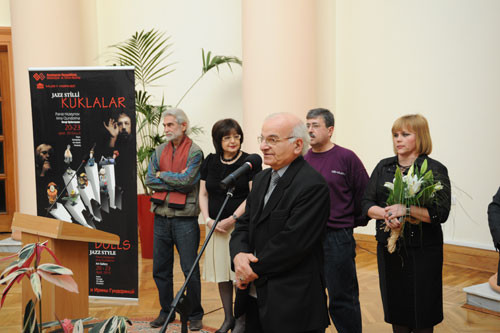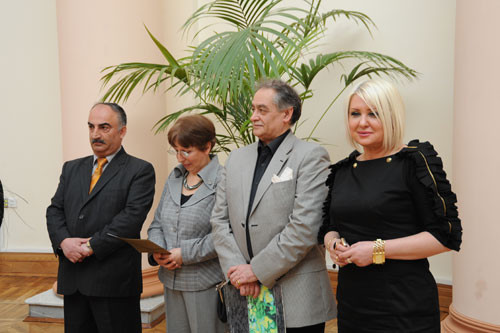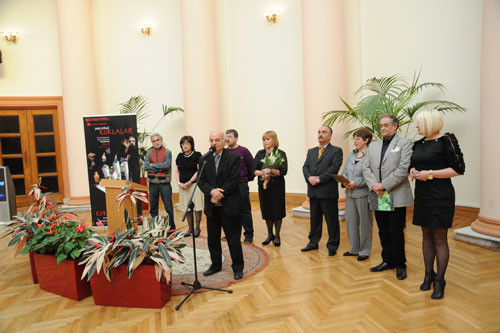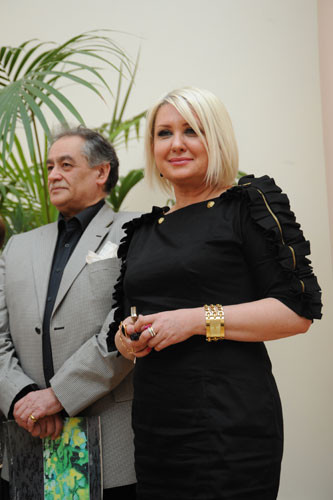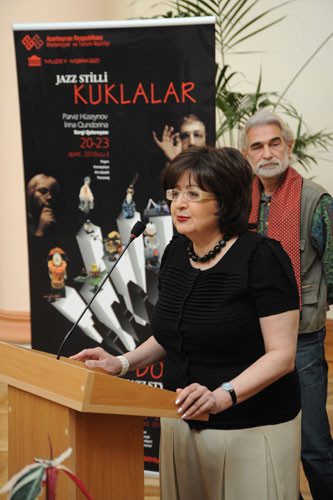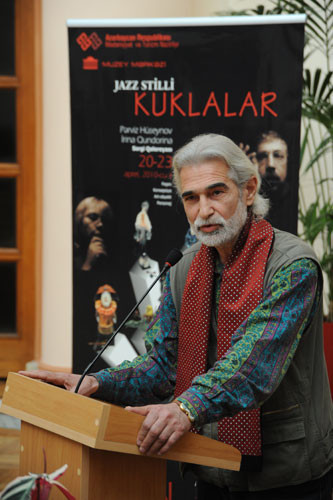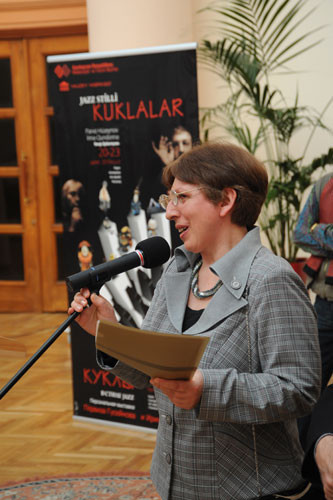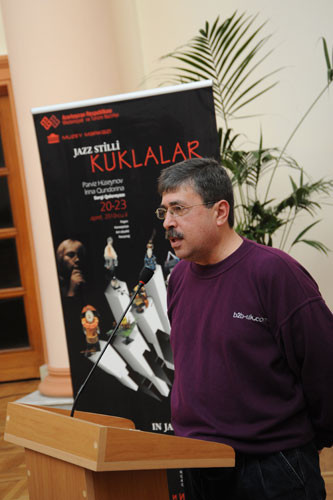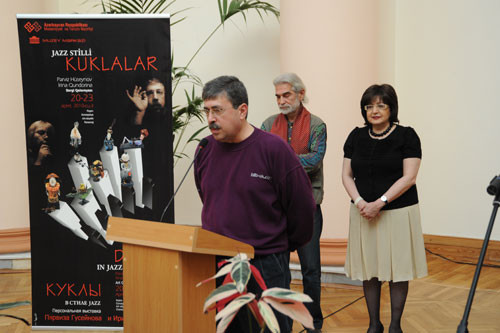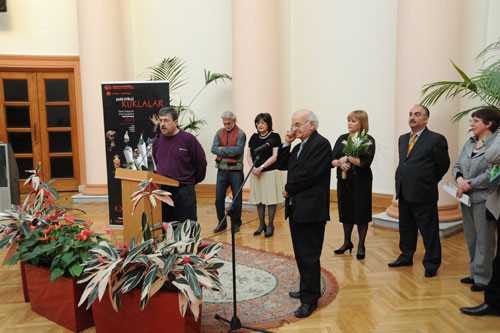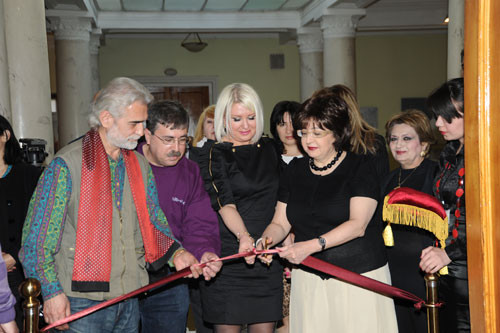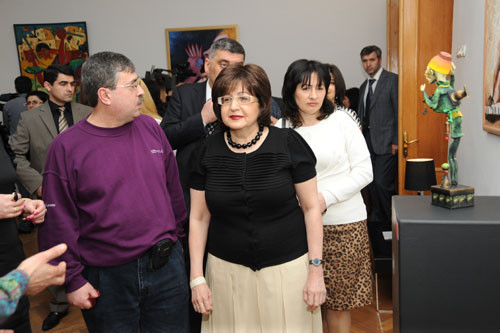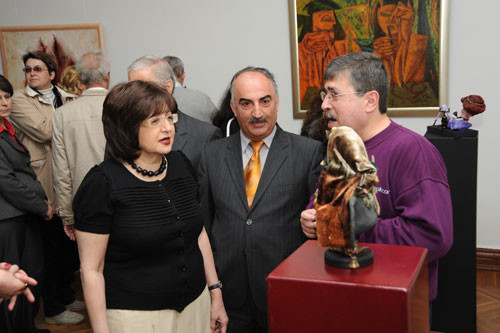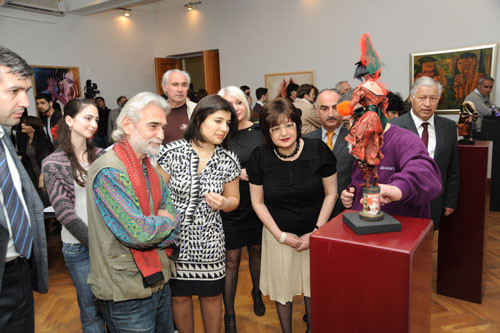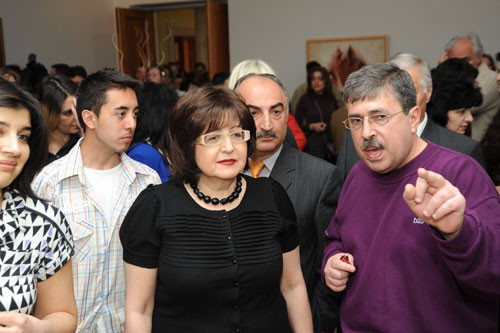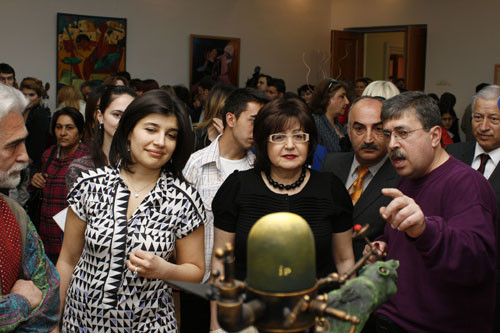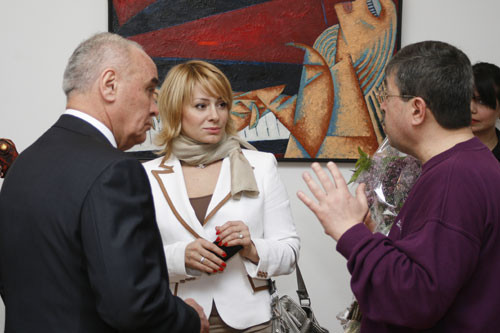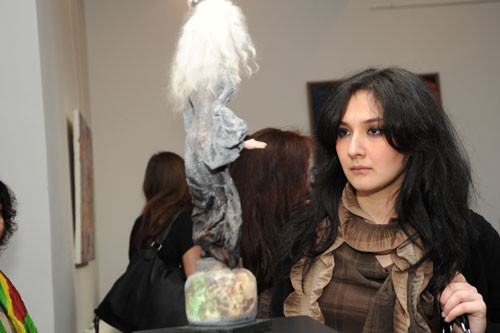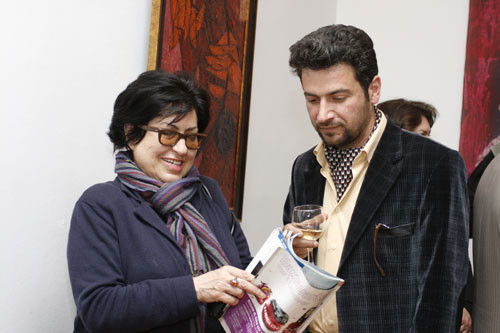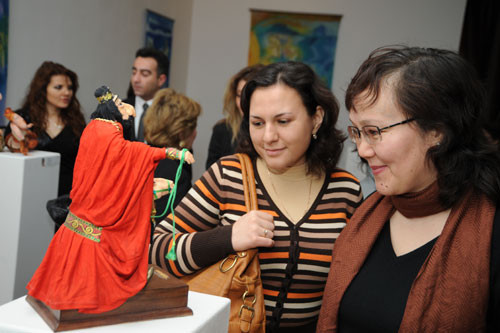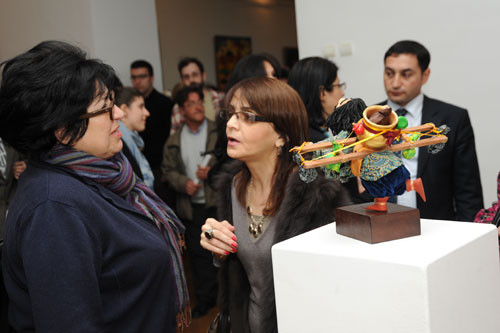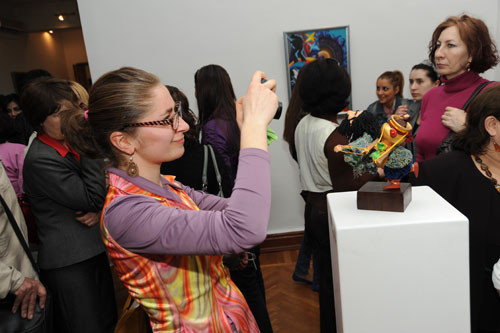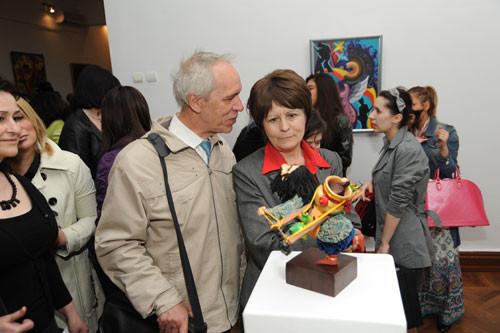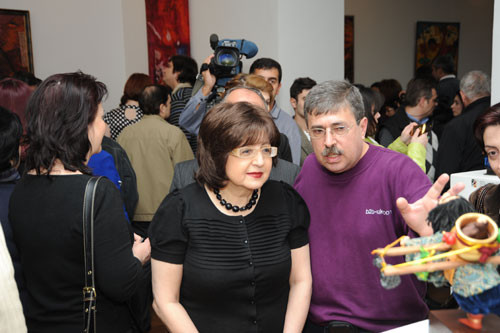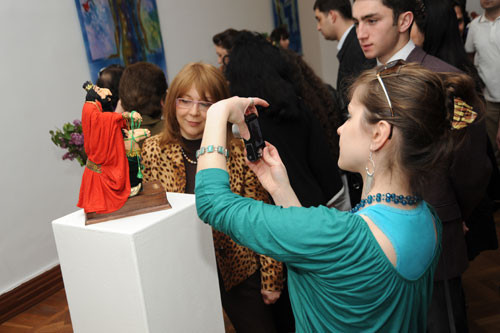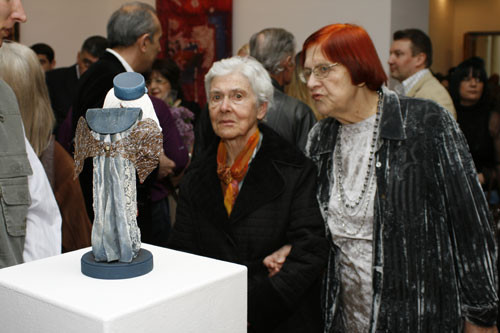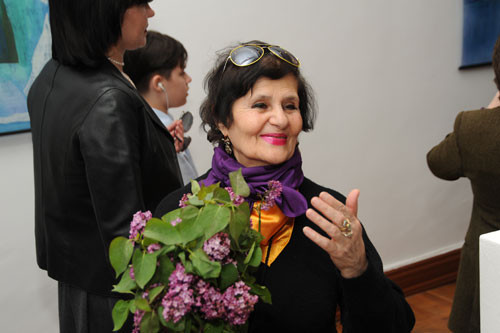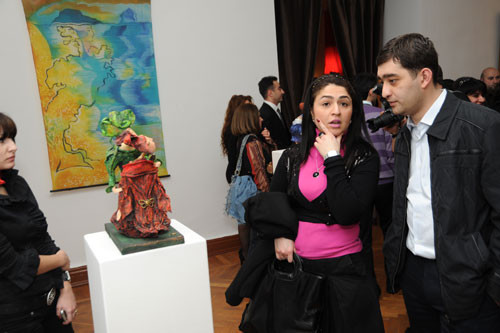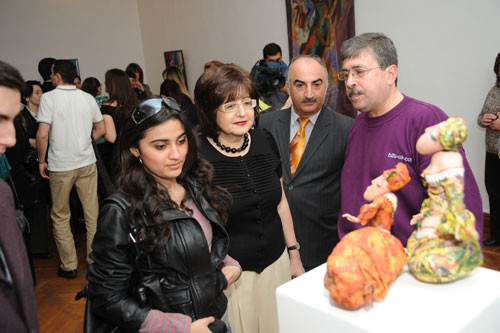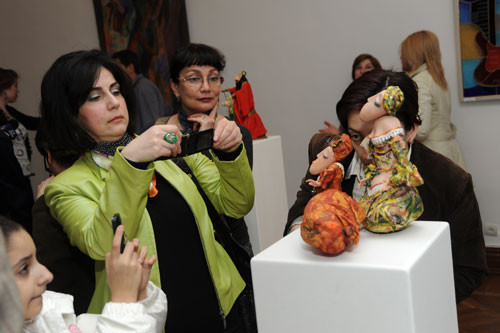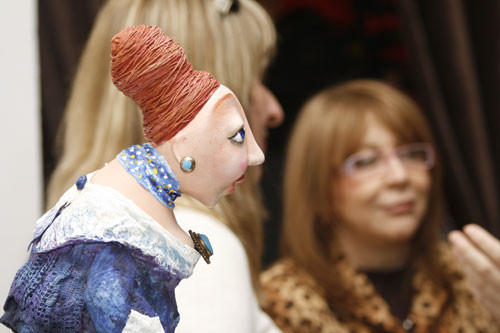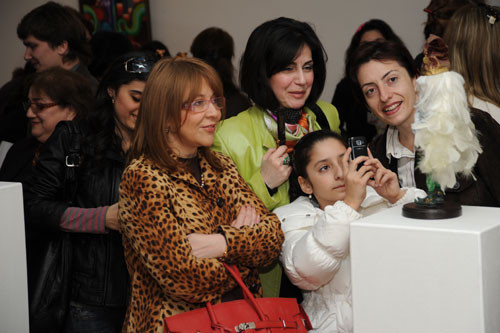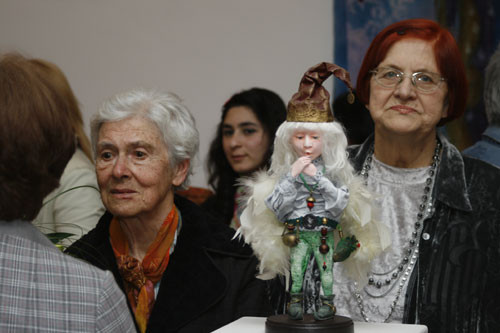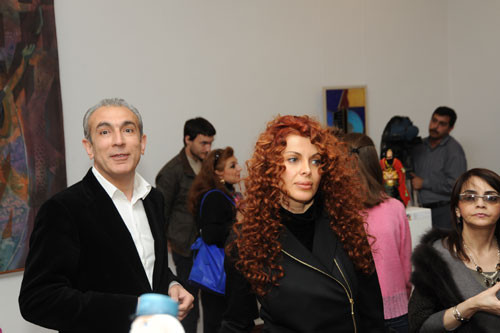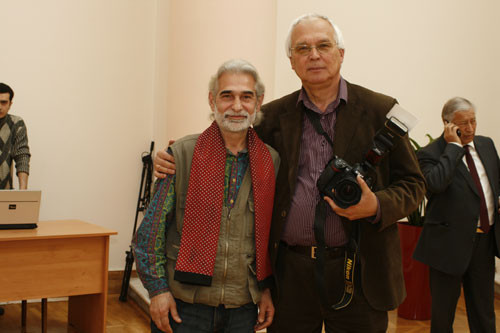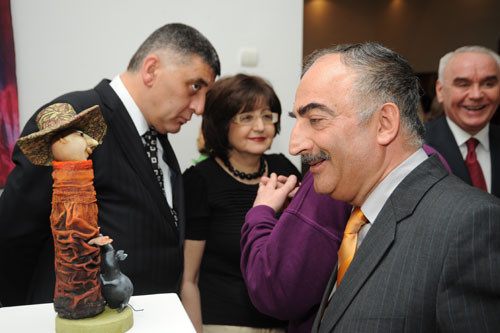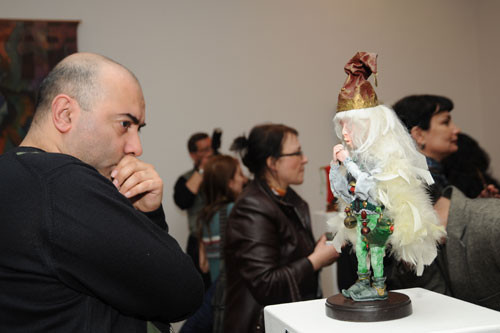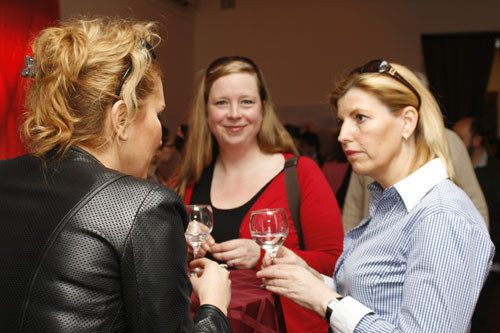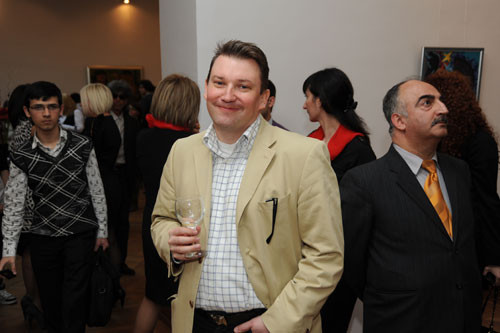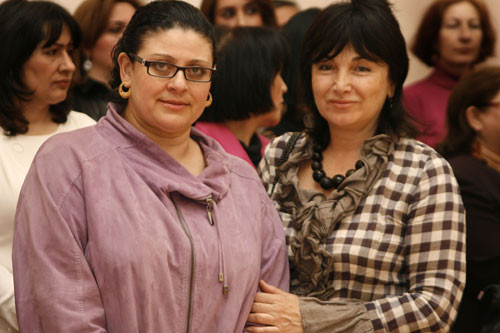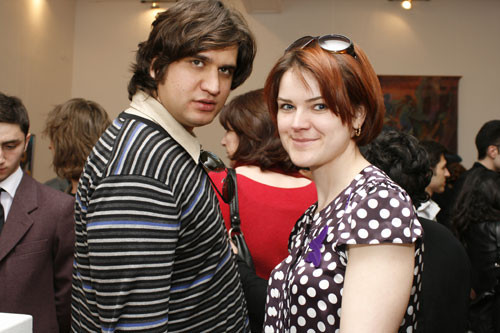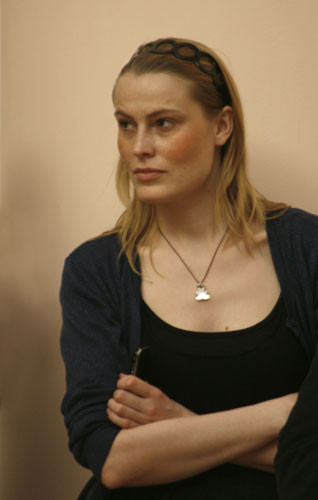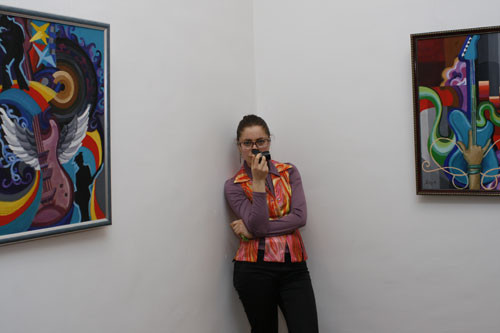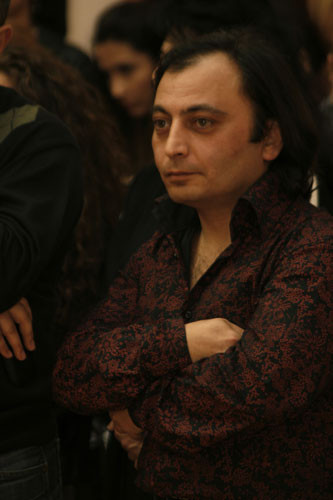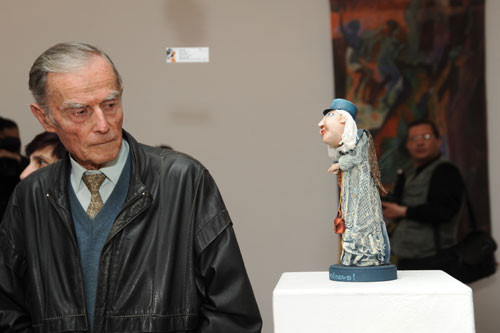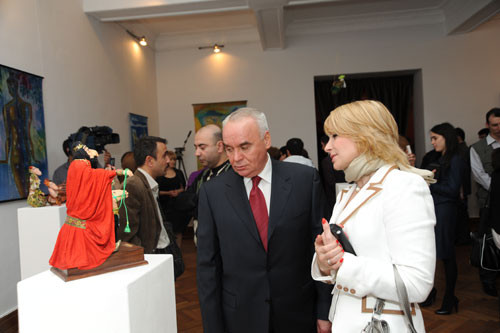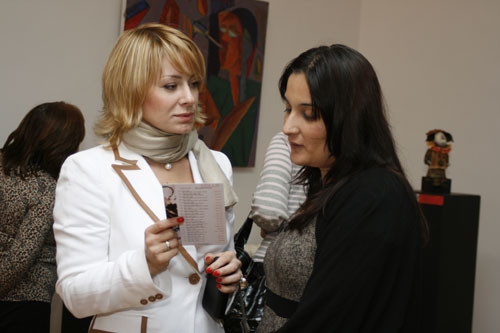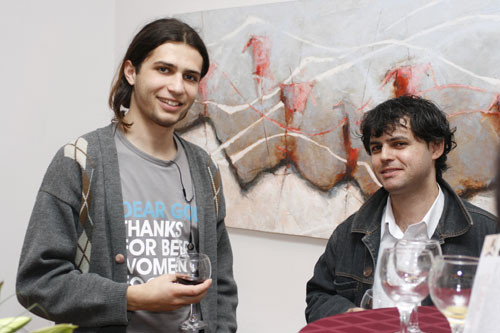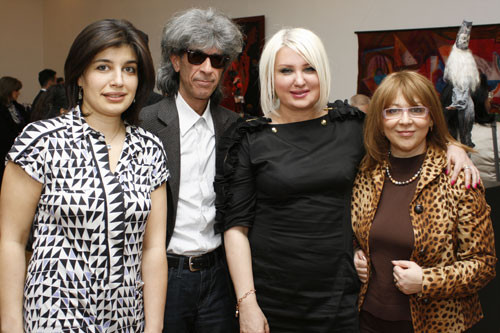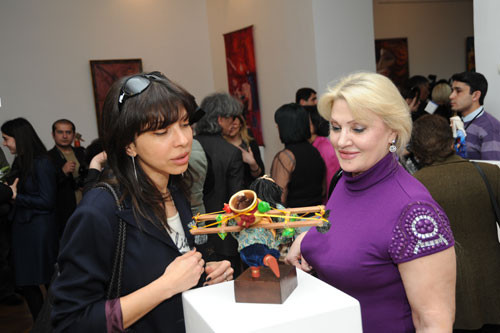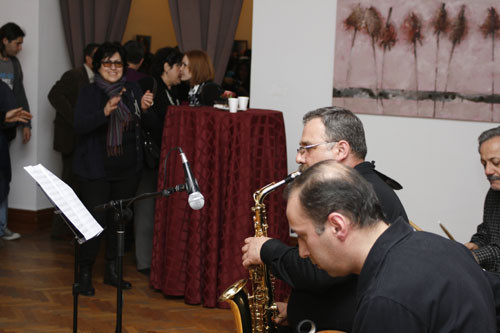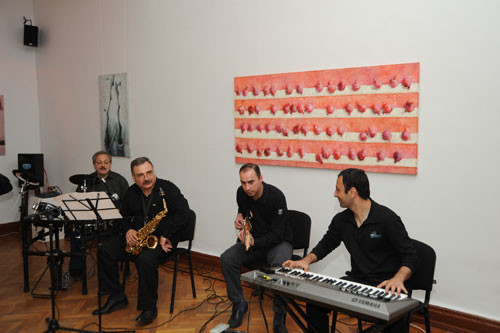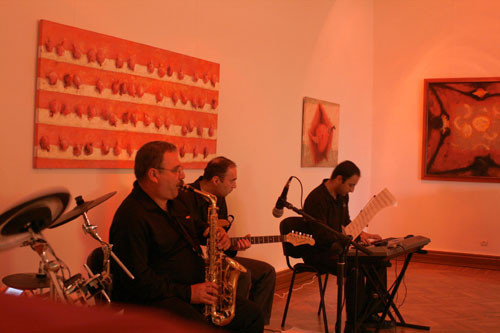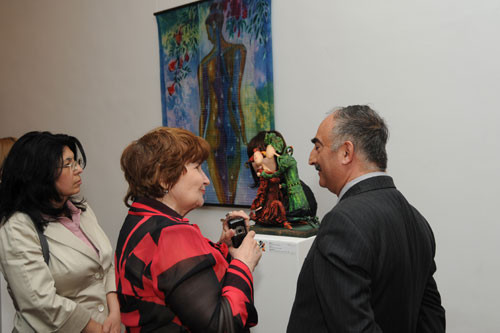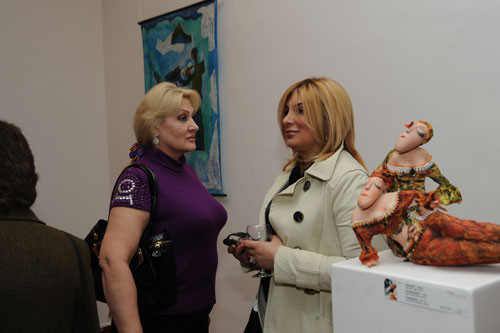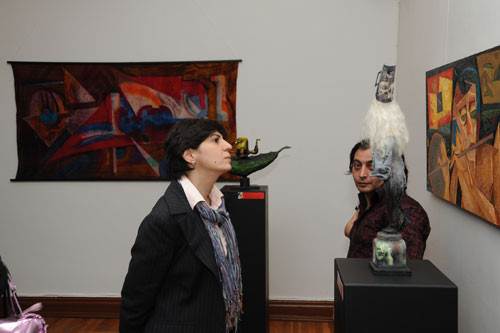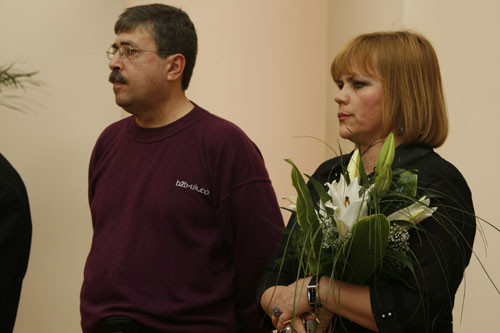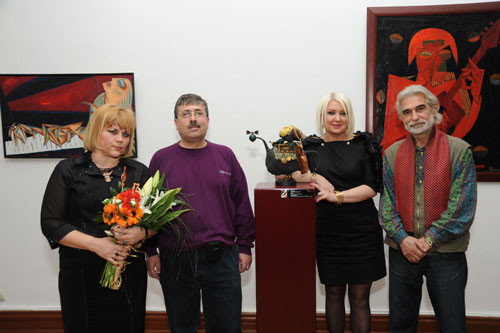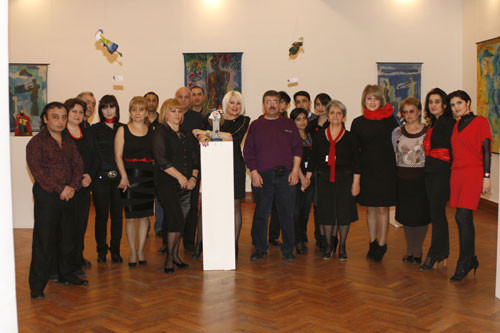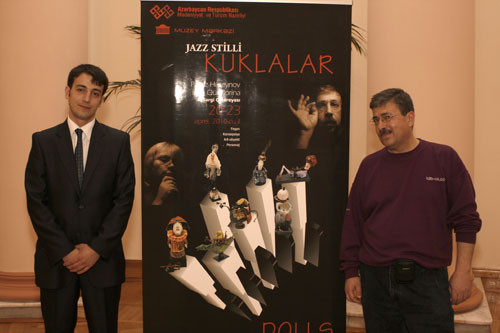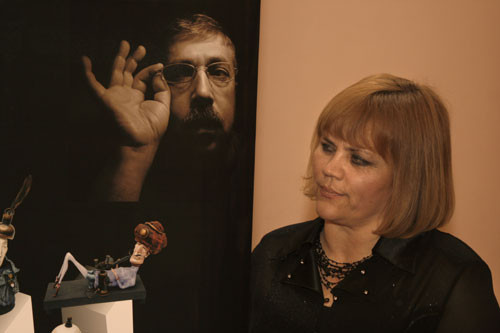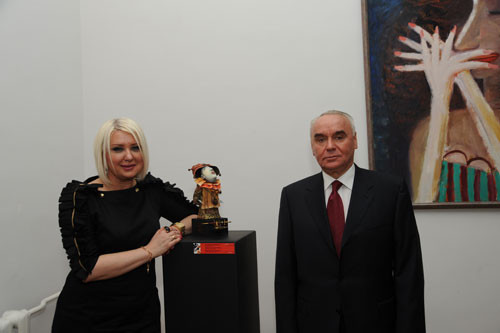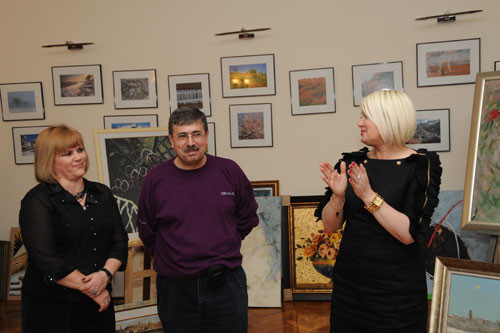Solo exhibition of renowned doll experts, award winners and laureates of many international competitions Parviz Huseynov and Irina Gundorina “Jazz Style Dolls”
20.04.2010 - 23.04.2010Art Gallery
Opening ceremony: 20 April, 6 pm
Organizer: Museum Center
Project initiator and exhibition curator: Liana Vezirova, Director of the Museum Centre
A solo exhibition by Parviz Huseynov and Irina Gundorina, renowned doll experts, award winners and laureates of many international doll competitions, was held on 20 April 2010 in the Art Gallery. The exhibition displayed 25 dolls embracing fashion, dolls as art objects, conceptual and character dolls. A doll is undoubtedly one of humanity’s most mysterious creations. It has shadowed mankind since the late Paleolithic era until now. In essence, dolls made their appearance before all the traditional arts. People lived in caves and wore skins, but they created dolls. They do not belong to any particular moment, but appeared everywhere that man flourished. Dolls have always contained the whole spectrum of people’s social and cultural legacy. Their spiritual complexity is phenomenal, since to reproduce people in the form of dolls means trying to unite the dead and the living. The mission is unique in its scale. As people used dolls in religious ceremonies, as sacrificial substitutes for the living to gods, they came to black magic, piercing the model of a real victim with needles. As time went by, man mimicked society and created puppets; already by the 18th century making them move virtually independently with the help of mechanics. The variety of dolls in the modern world is constantly growing: you can see inflatable dolls in sex shops and robots, frighteningly realistic, able to support a simple conversation. At the same time, a small world of specialist dolls remains. In this case they are intimately associated with jazz music. They represent funk – a sharp, expressive genre - and 4-beat, marked by an even tempo from the rhythm section. Another one is, of course, ragtime – the piano, but used rather like a percussion instrument. However the main features of the work of Parviz Huseynov and Irina Gundorina are the integrity of form and range of colour, despite the use of syncopation. It is pure contrast. Thus, this married couple plays its own doll-jazz, in which Parviz plays the strings and Irina the wind instruments. However, taking some works as a concept, we see signs of a different order and depth as observed in “Young Bonaparte’s Meditation”. Young Napoleon, having no complexes, does not hide his hands behind his back. He is open in his purity of intention with palms held up. A so-called Napoleon’s red sword, as a kind of symbol of abolition can be found to the left of the crown. The sword is abolished as a military and civil weapon and becomes a sporting implement. Bonaparte’s head is directed upwards. He is meditating. Only the viewer can see, on the sides of a pedestal, his last signature from Saint Helena Island. Another work entitled “The Journey 2” and dedicated to Peter the Great is much more laconic in its symbolism. It is a predatory fish – opening up the Baltic Sea by military action. The Holland tube and technological attributes symbolise progress and the transition to European cultural values. Doll masters Parviz Huseynov and Irina Gundorina, in essence, reject a closed circle of events, preferring spans of time, on which basis they draw their technique, inviting the viewer not to the external, but to the interior of this living mechanism.
The Exhibition was also involve Tatyana Agababayeva, Eldar Gurbanov, Namig Mammadov, Emin Askerov, Farhad Yalguzag, Nazim Shah, Elchin Bunyatov, Vugar Ali, Nikolai Zaitsev and Asiya Ahmadkhanova.
A musical illustration was performed by a jazz trio directed by Tofiq Askerov.
